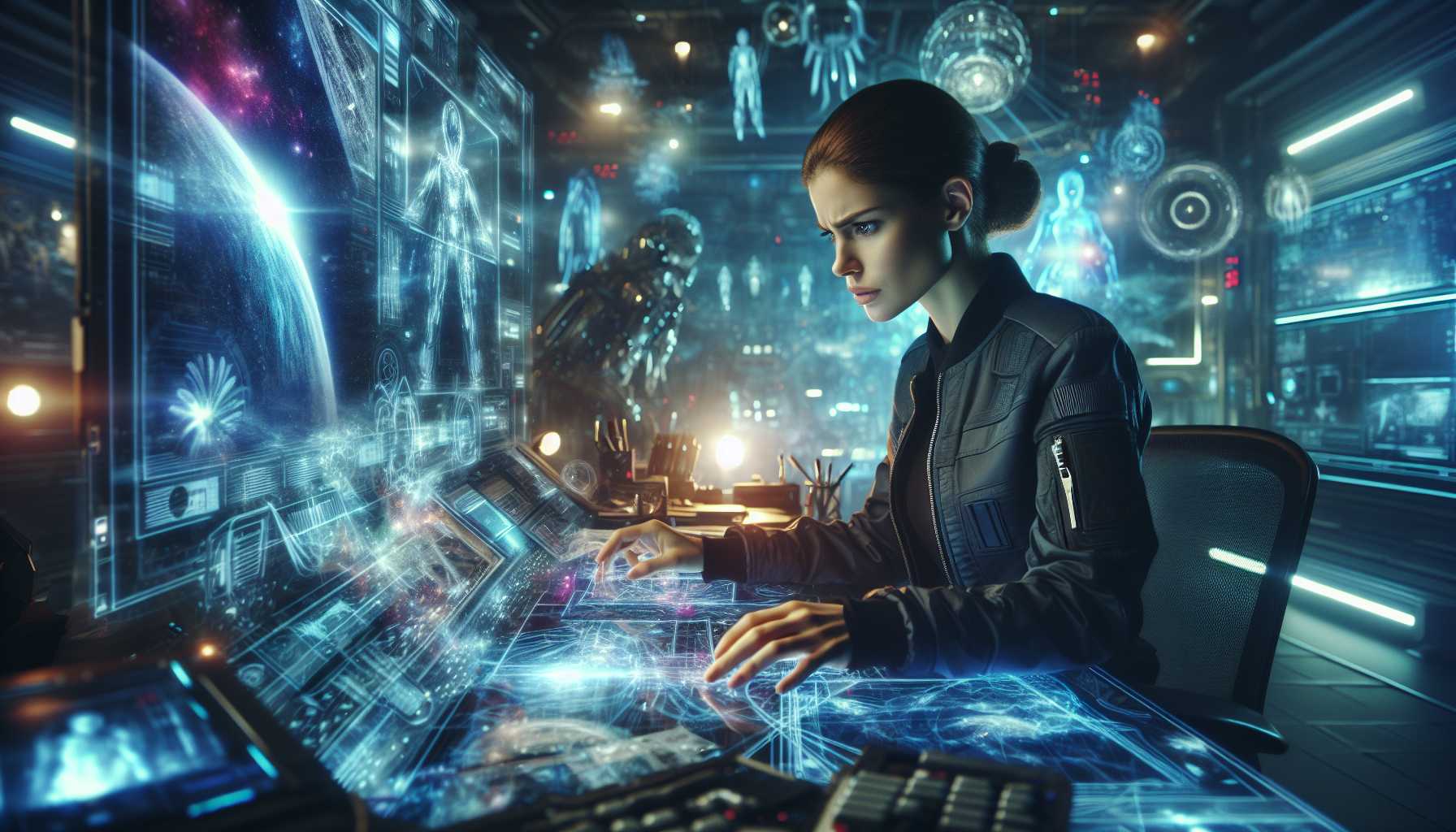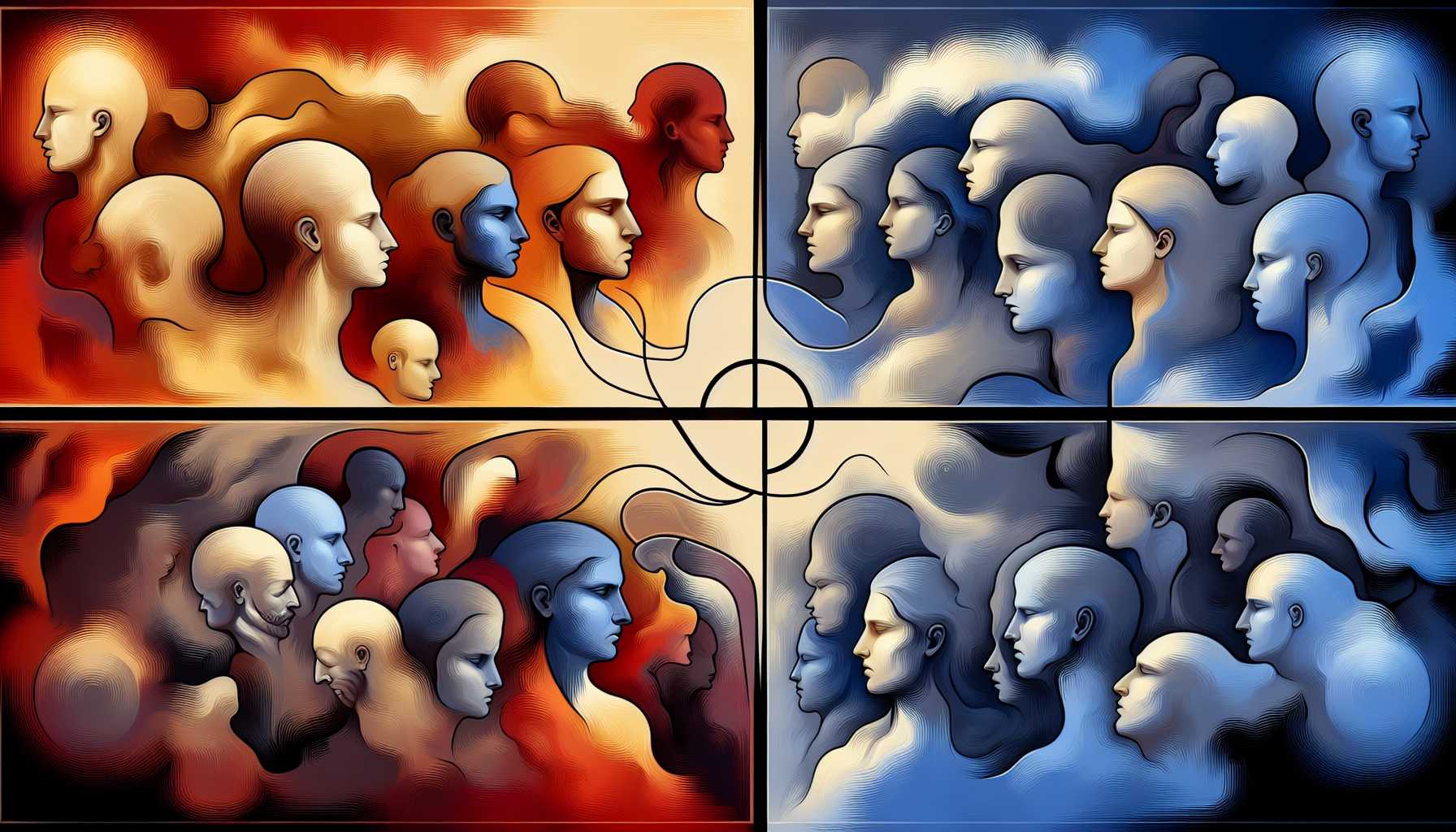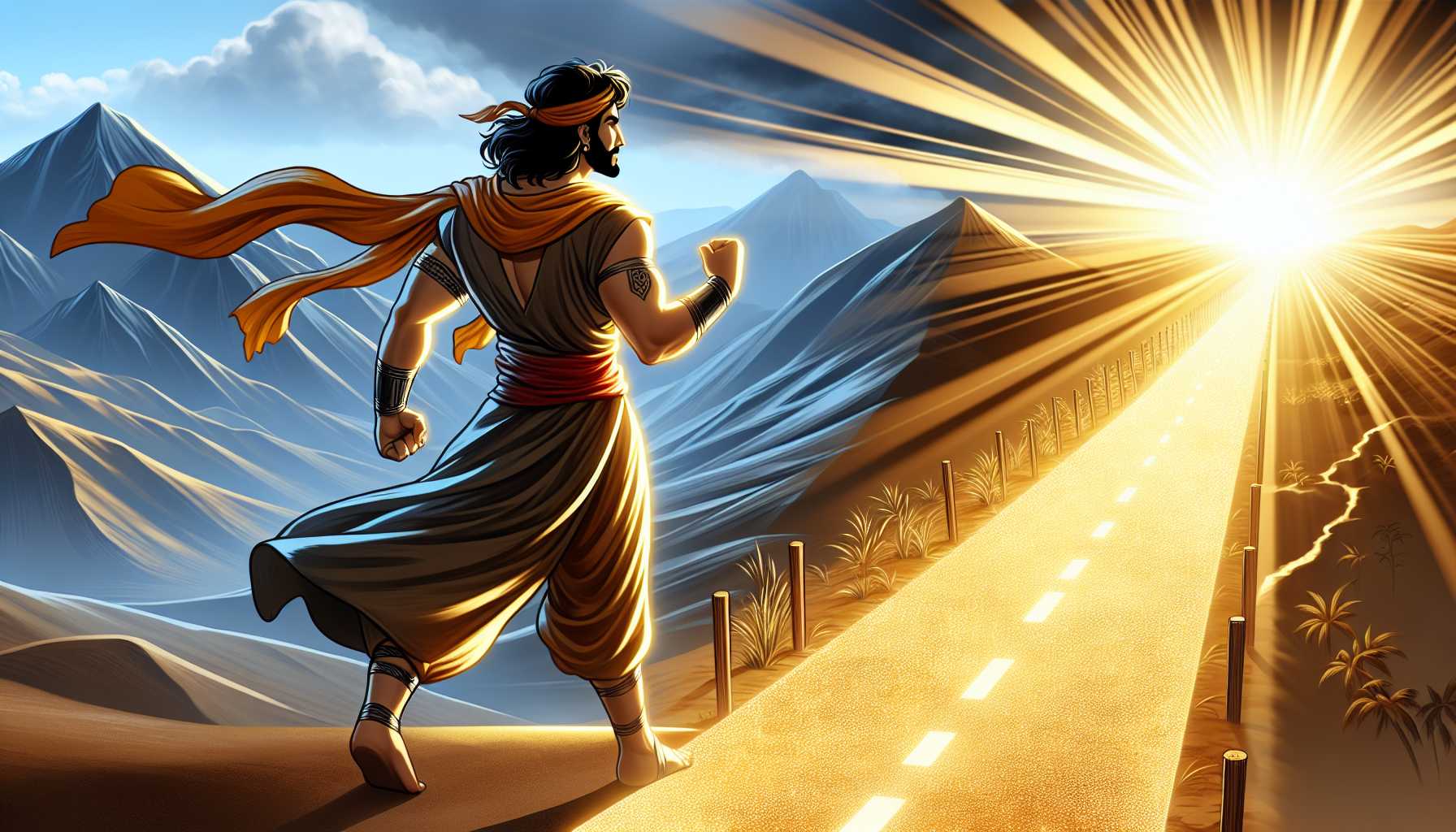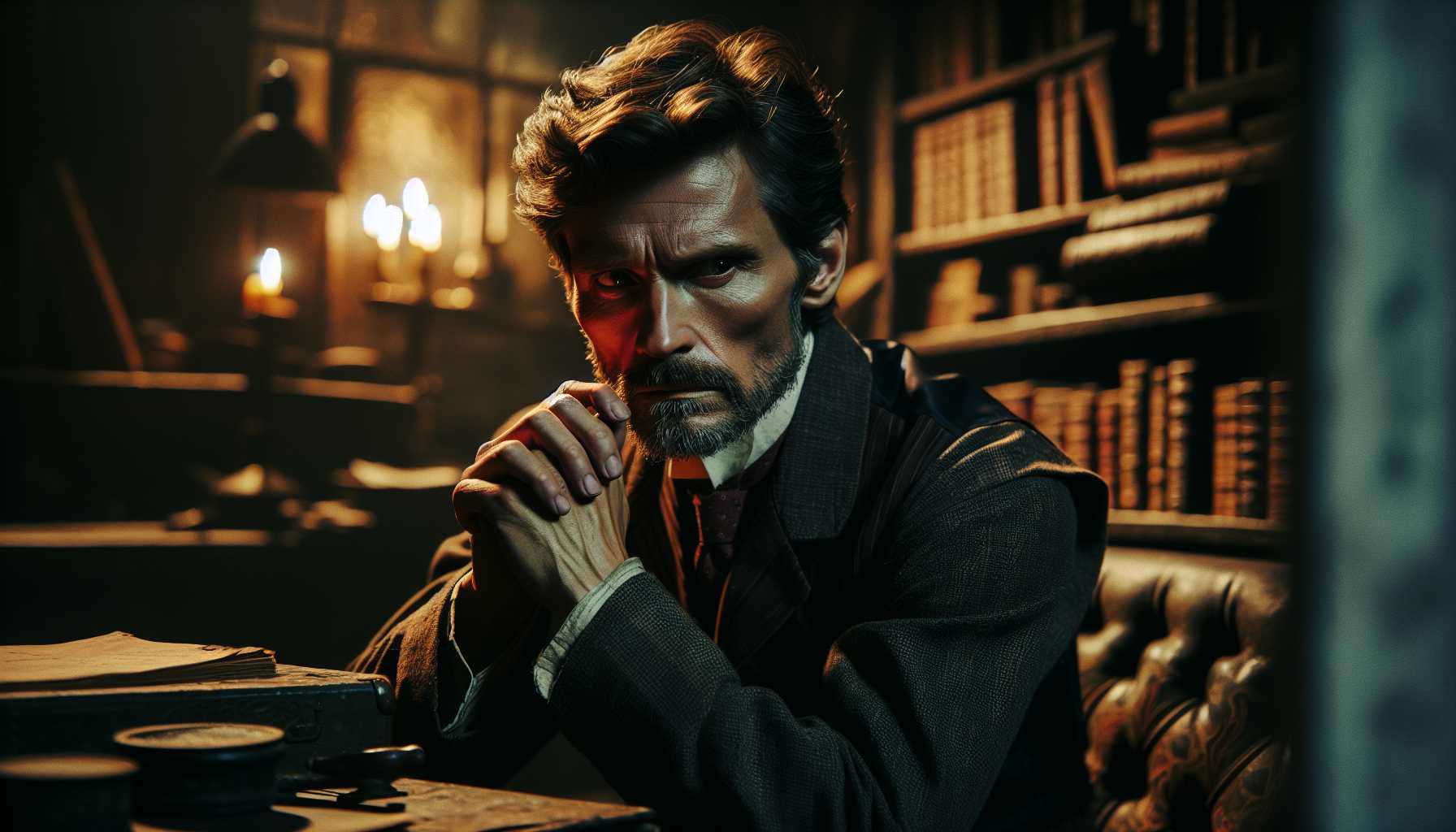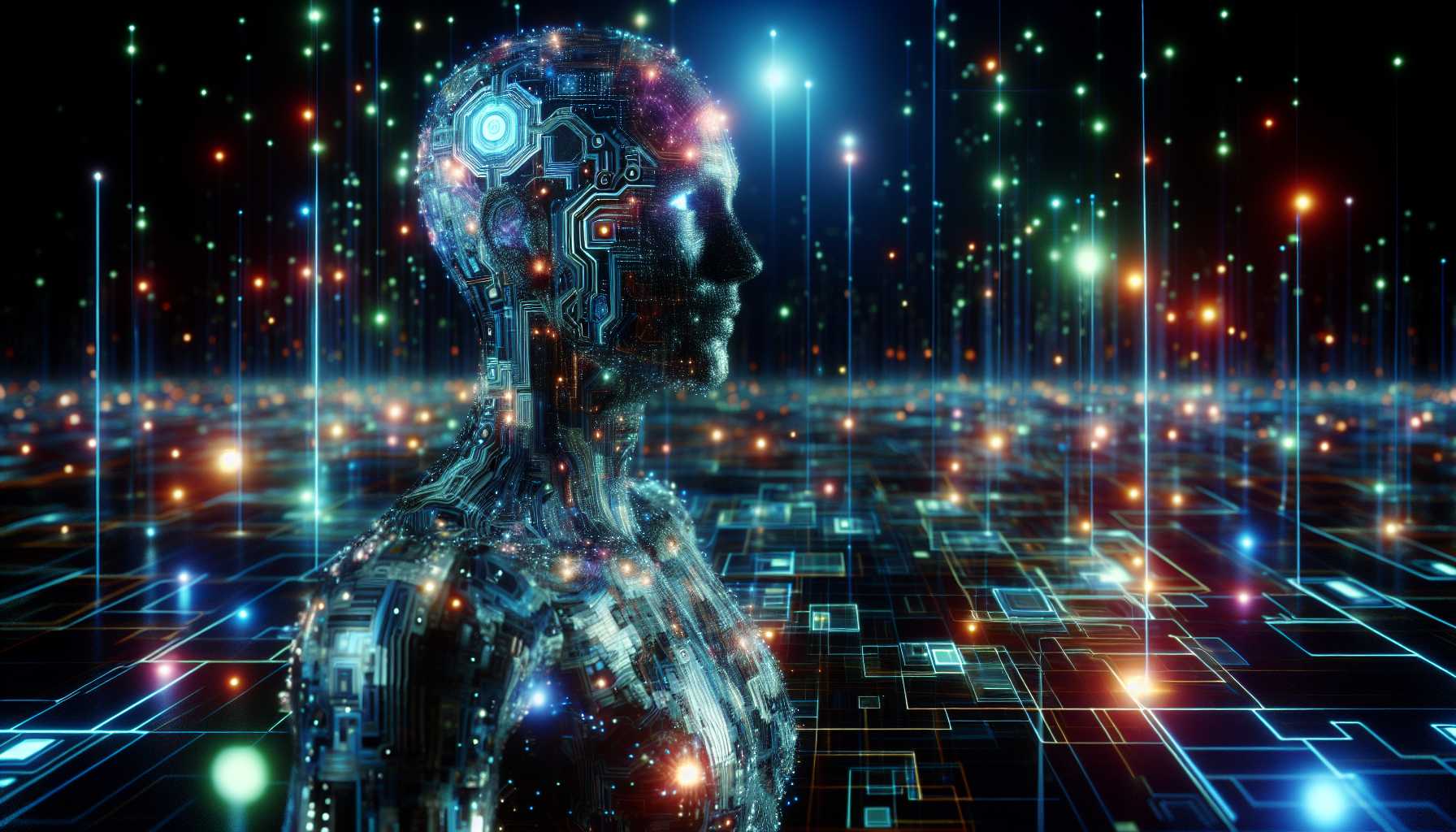Welcome back, tech aficionados and film fanatics! We’re diving into a desert of digital dreams and dissecting how cinematic adaptations and storytelling are transmuting before our very eyes. “Dune: Part Two” has hit the theaters, and it’s stirring up more than just sandstorms. Denis Villeneuve, the visionary director, has once again taken a bold step into the world of Frank Herbert’s universe. Meanwhile, we’ve also got whispers from the cyber-world of “Tron: Ares” gearing up for a 2025 release. So let’s break down the adaptations, hold the jargon, and explore what all this means for the intersection of technology and storytelling!
An Odyssey in Filmmaking: Crafting the World of “Dune: Part Two”
First off, let’s talk “Dune.” The sprawling saga of political intrigue, ecological themes, and messianic figures is no small feat to adapt, and Villeneuve has done more than chop and change; he’s re-envisioned “Dune” for the big screen, streamlining complex plots to focus on the core of Herbert’s work. Characters like Count Fenring have been given the axe (figuratively speaking), while major players such as Feyd-Rautha Harkonnen and Emperor Shaddam Corrino IV, have finally made their appearance. From a tech viewpoint, this is a practical demonstration of ‘Less is More’ in narrative design, a principle many startups could take note of when creating user-friendly platforms. Reducing complexity while retaining the essence secures both understanding and engagement – a must in our fast-paced digital world.
Tinkering With Tradition: Alia Atreides’ New Role
Perhaps one of the boldest moves in “Dune: Part Two” is the reimagining of Alia Atreides. The unsettling superchild is a complex element to translate on screen, and Villeneuve chose to keep her a telepathic fetus, a choice that accelerates the timeline and emphasizes Paul’s rapid rise to power. As tech developers, we face similar dilemmas on how to integrate complex elements into user experiences without overwhelming users. It’s a delicate balance between staying true to source material (in this case, the book) and adapting to the medium’s strengths and limitations (or the technology platform).
Religious Conflict and Ideological Divides: The Fremen Dichotomy
“Dune: Part Two” doesn’t just subtract; it also adds. Introducing a divide between Northern and Southern Fremen cleverly externalizes the book’s nuanced exploration of charismatic leaders and the manipulation of myths. This divide echoes the conflicting ideologies seen in tech ethics debates, from AI governance to data privacy. It further underscores how narratives, whether in fiction or the tech sphere, can influence and divide communities. Chani’s expanded role particularly stands out. Villeneuve and co-writer Jon Spaihts shape her into a beacon of defiance, challenging the predefined narratives set by the Bene Gesserit, which feels akin to the tech industry’s rebels advocating for decentralization and autonomy in the face of monolithic tech giants.
Chani’s Exit: Unpredictable Futures and Storytelling Freedom
Then there’s Chani’s departure – talk about going off-script! Her character, now more dynamic and questioning, refuses to settle into the passive role set by the book. By having Chani ride off (sans worm) into the sunset, the film opens up new storytelling possibilities that could parallel how tech companies pivot when their initial business models don’t align with consumer response. In this, Villeneuve acts like a daring entrepreneur, not afraid to veer off the known path.
The Gritty Reality of “Dune:” No Heroes, Just Hard Choices
“Dune: Part Two” concludes with a chilling nod to the warfare and tyranny that Paul Atreides unleashes. This isn’t your classic hero’s triumphant ending. Instead, it reflects the complexities and paradoxes of power—a potent reminder that in our world, tech leaders must tread carefully, knowing their innovations can be double-edged swords. It’s a message that resonates with us in the tech industry, where every advancement, every exuberant choice could inch us closer to utopia or propel us towards a dystopian reality, underlining the responsibilities that come with great technological power.
A Flash Forward to “Tron: Ares” – Entering the Waves of the New Grid
On the flip side, we’ve got a lightcycle waiting to whisk us away to a new digital dimension with “Tron: Ares.” Jared Leto amps up the intrigue with a glimpse of his red-suited persona, and with a shaped data disc that signals we’re not in the same old Grid. This sequel promises a new chapter where AI beings intersect with our reality, further pushing the boundaries between virtual and tangible. Here lies the crux of tech advancement – connecting the digital with the physical in a way that transcends what we understand as possible. “Tron: Ares” teases this melding with the drama and intensity only sci-fi can provide—essentially embodying the bleeding edge of tech that defines our current era.
As we gear up for both the complexities of Arrakis and the sleek digital vistas of the Grid, we watch these narrative worlds spinning tales that mirror our own challenges and triumphs in tech. They’re not just films; they are reflections, warnings, and inspirations packaged in the most entertaining ways possible. So, software developers and filmmakers alike, let’s sculpt stories that challenge and delight! Stay tuned for more tech news, cinematic twists, and maybe, just maybe, a pinch of jargon for good measure. Until next time, may your bandwidth be broad and your processors quick


